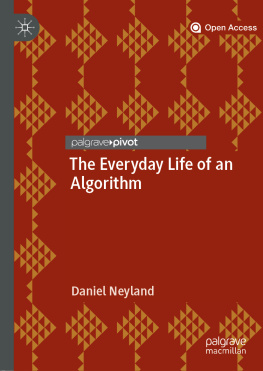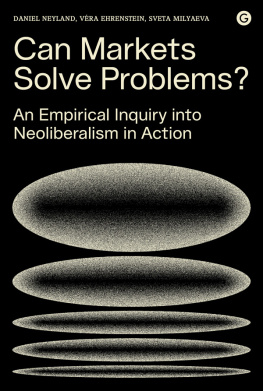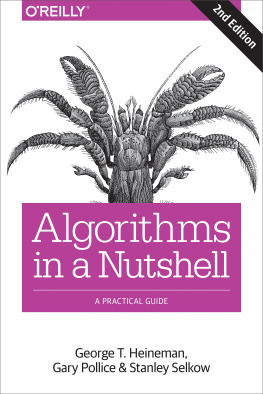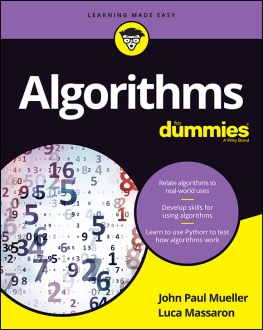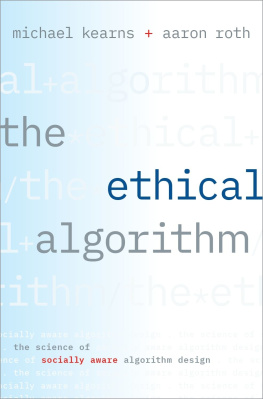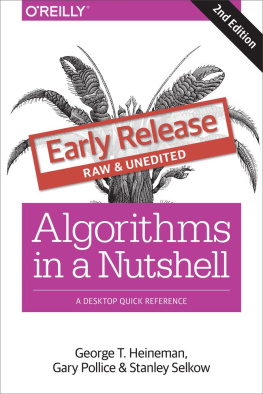Daniel Neyland
Department of Sociology, Goldsmiths, University of London, London, UK
This book is an open access publication.

Open Access This book is licensed under the terms of the Creative Commons Attribution 4.0 International License (http://creativecommons.org/licenses/by/4.0/), which permits use, sharing, adaptation, distribution and reproduction in any medium or format, as long as you give appropriate credit to the original author(s) and the source, provide a link to the Creative Commons license and indicate if changes were made.The images or other third party material in this book are included in the book's Creative Commons license, unless indicated otherwise in a credit line to the material. If material is not included in the book's Creative Commons license and your intended use is not permitted by statutory regulation or exceeds the permitted use, you will need to obtain permission directly from the copyright holder.
The use of general descriptive names, registered names, trademarks, service marks, etc. in this publication does not imply, even in the absence of a specific statement, that such names are exempt from the relevant protective laws and regulations and therefore free for general use.
The publisher, the authors and the editors are safe to assume that the advice and information in this book are believed to be true and accurate at the date of publication. Neither the publisher nor the authors or the editors give a warranty, express or implied, with respect to the material contained herein or for any errors or omissions that may have been made. The publisher remains neutral with regard to jurisdictional claims in published maps and institutional affiliations.
Cover illustration: Harvey Loake
This Palgrave Pivot imprint is published by the registered company Springer Nature Switzerland AG
The registered company address is: Gewerbestrasse 11, 6330 Cham, Switzerland
Acknowledgements
Thanks to the algorithms who took part in this book. You know who you are. And you know who I am too. I am the human-shaped object. Thanks to the audiences who have listened, watched and become enwrapped by the algorithms. Your comments have been noted. Thanks to Inga Kroener and Patrick Murphy for their work. Thanks to Sarah, and to Thomas and George who have been learning about algorithms at school. And thanks to Goldsmiths for being the least algorithmic institution left in Britain. The research that led to this book was funded by European Research funding, with an FP7 grant (no. 261653) and under the ERC project MISTS (no. 313173).
List of Figures
Fig. 1.1 Abandoned luggage algorithm
Fig. 2.1 System architecture
Fig. 2.2 Abandoned luggage algorithm
Fig. 2.3 An anonymous human-shaped bounding box
Fig. 2.4 A close-cropped pixelated parameter for human- and luggage-shaped object
Fig. 2.5 An item of abandoned luggage
Fig. 3.1 Text alerts on the user interface
Fig. 3.2 A probabilistic tree and children (B0 and F0 are the same images)
Fig. 5.1 A human-shaped object and luggage-shaped object incorrectly aggregated as luggage
Fig. 5.2 A luggage-shaped object incorrectly classified as separate from its human-shaped object
Fig. 5.3 A human-shaped objects head that has been incorrectly classified as a human in its own right, measured by the system as small and therefore in the distance and hence in a forbidden area, set up for the demonstration
Fig. 5.4 Wall as a luggage-shaped object
Fig. 5.5 Luggage is idealised

